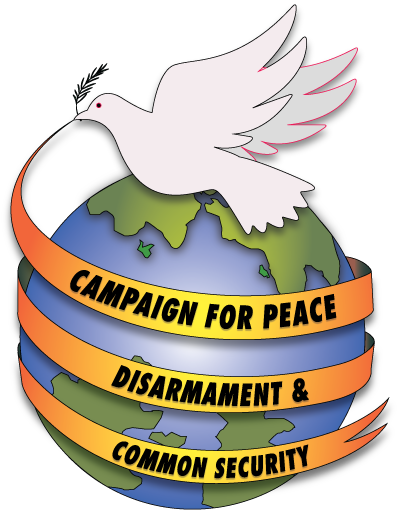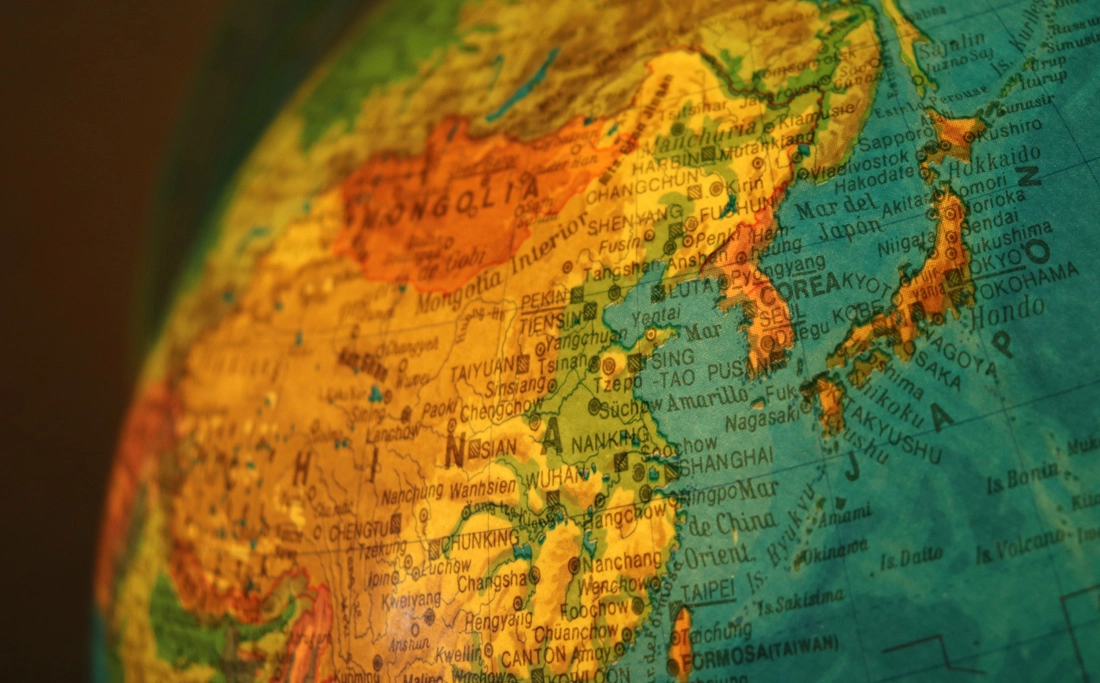I am Francis Daehoon Lee, with PEACEMOMO.
I am going to speak about and urge for conflict prevention and common security vision in Northeast Asia, in relation to preventing NATO expansion.
I have been seeing huge changes in military-security landscape in East Asia continuously since the time of Obama’s “pivot to Asia” but more significantly since 2022, with the war in Ukraine and security policy changes in South Korea, Japan, and North Korea. Recently, all countries in Northeast Asia are undergoing one of the highest levels of military buildup and joint military exercises. Diplomacy and dialogues broke down and hostilities are growing fast. There is obviously mutual escalation running into a clash.
The crucial beginning must be 2012, with Barack Obama’s “Pivot to Asia” and “Rebalancing”, and then later came the unprecedented idea of “Indo-Pacific strategy” by Trump admin. China, Russia, and North Korea, they should and did react against such US actions. The situation is worrisome.
Look at South Korea first – Since 2022, the new government began actively cooperating with the US-led anti-China and anti-Russia military/security alliances. The new Yoon government declared full intention to confront North Korea with might and aim for regime collapse. South Korea now repeats stronger alliance/cooperation with the US, Japan and NATO. “Peace through strength” is now President’s favorite saying. South Korea’s new deterrence initiatives are something that we need to watch carefully.
South Korea is now fully in for the US-led extended deterrence, with what they call “the Korean three-axis system.” This amounts to a massive first-strike and preemptive strategy.
In response, North Korea held summit with Russia twice since last year and signed a pact that includes mutual defense, or collective security arrangement. This is for the first time since the cold war time. We will see North Korea more visible and Russia more active in East Asia.
What can we see from these changes?
A grid of offensive alliances is being realized here. The fact is that the bilateral alliances maintained by the United States in each regions of the world is not only deepening and developing but more closely connecting, to the entire global and space. The US-led East Asian alliance system is being reorganized at a rapid pace and orchestrated to a dangerous level. We need rethinking and new actions on the US alliance orchestration.
Second, new relationships are forming among US’s alliance partners, such as Philippines-Japan, Japan-Australia, Japan-ROK. Various small-scale cooperation between the so-called like-minded countries such as Australia, Korea, and Japan are constantly emphasized.
We must say that the alliance system limited to East Asia is now closely connected to the security structure of Europe and the entire world. With South Korea providing weapons to Ukraine and North Korea providing arms to Russia, the Ukraine War for example marked the beginning of unifying the security horizons of both sides of Eurasia. NATO has invited four Asian countries, South Korea, Japan, Australia and New Zealand, to the summit in the last three years and simultaneously issued a strategic concept document, stating that China is a systemic threat. NATO confronts China and this is a fact. This means that NATO will come or has already come to Asia.
1. We should all recognize the serious crisis of military conflict in Northeast Asia as mutually caused and mutually provoked, and we should all engage in active dialogue with all domestic and international stakeholders to prevent coming clashes.
2. The current military tensions or hot-spots are not localized. They are all connected. It is a larger military conflict involving all countries in Northeast Asia, including North and South Korea. Therefore, if one should devote diplomatic efforts, the efforts should involve all countries and start with listening to the security needs of all parties. Multilateral arrangement is the only way forward.
3. There is a need to monitor closely military budget, armament and military exercises of all parties in the region. and we need to urge for the cessation of military activities and reduction of military spending.
4. Establish an international, multilateral conflict prevention organization in the Northeast Asia region promptly.
5. Finally, we much say that we are facing a complex crisis, which requires comprehensive solutions. We should consider measures to build common security and cooperation in the region step by step.
Image Credit: DepositPhotos

